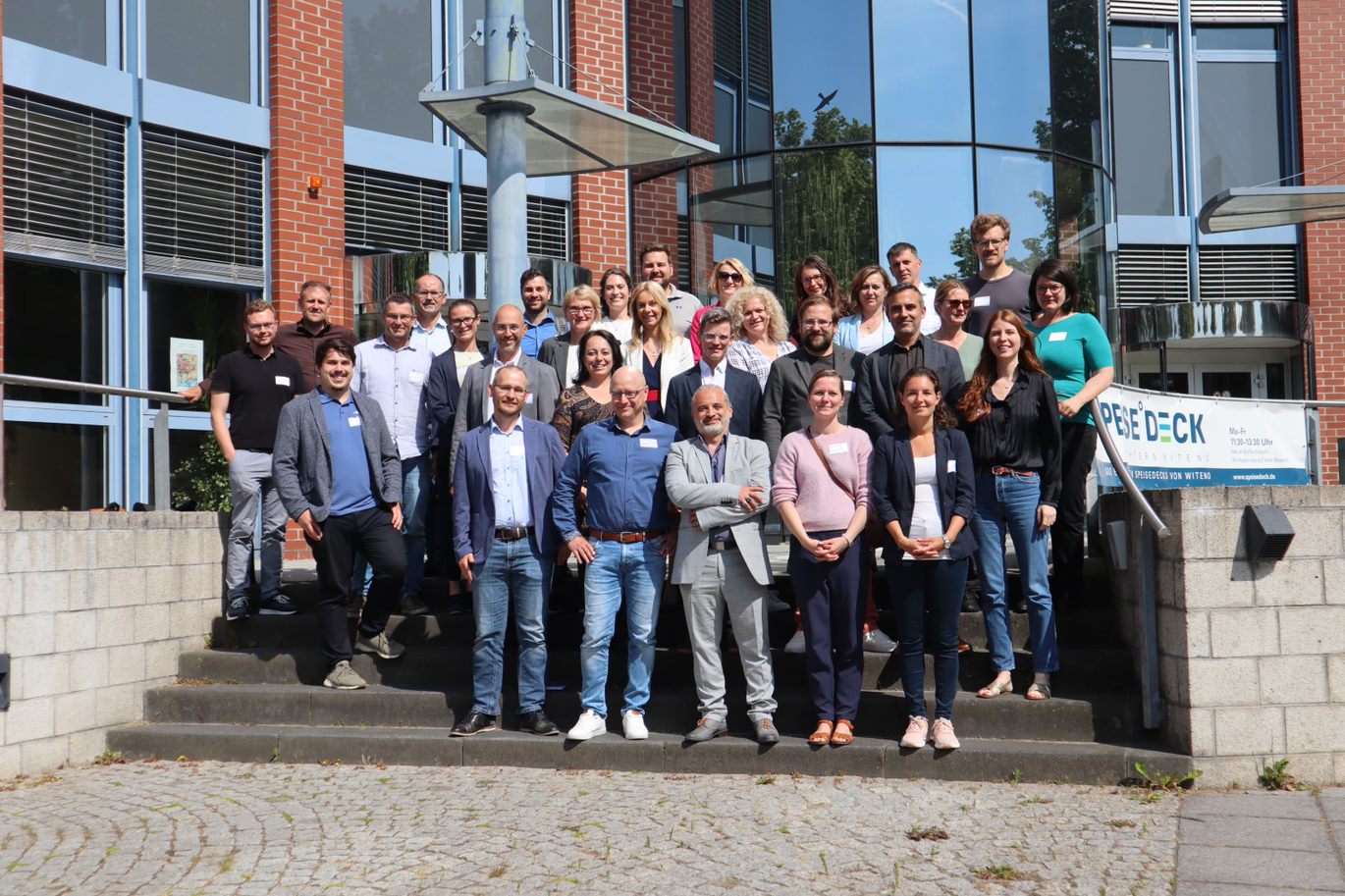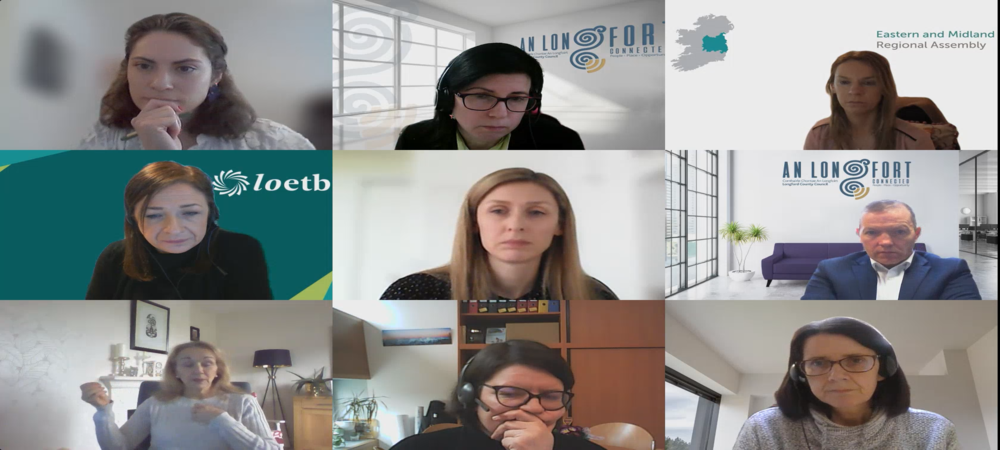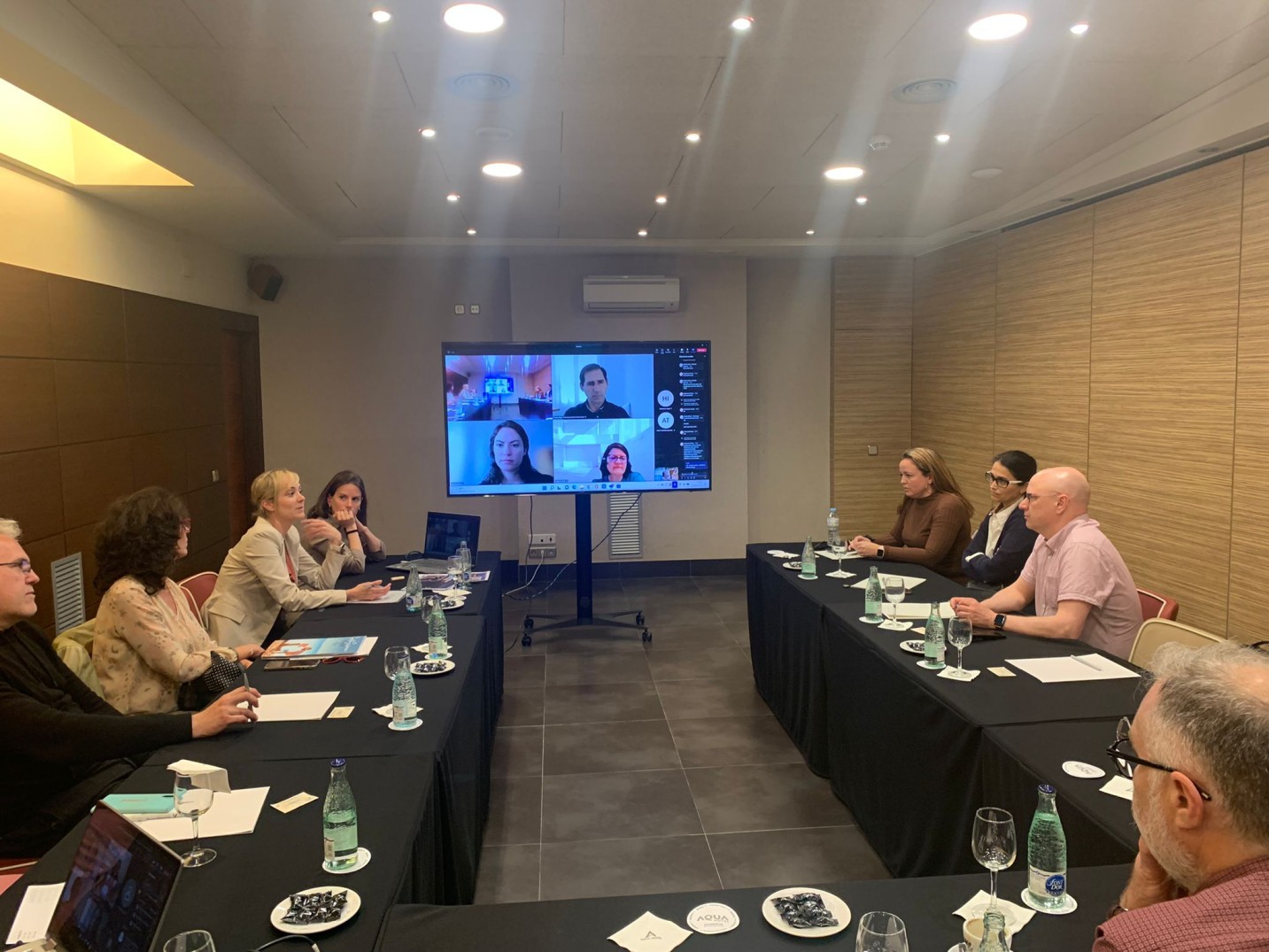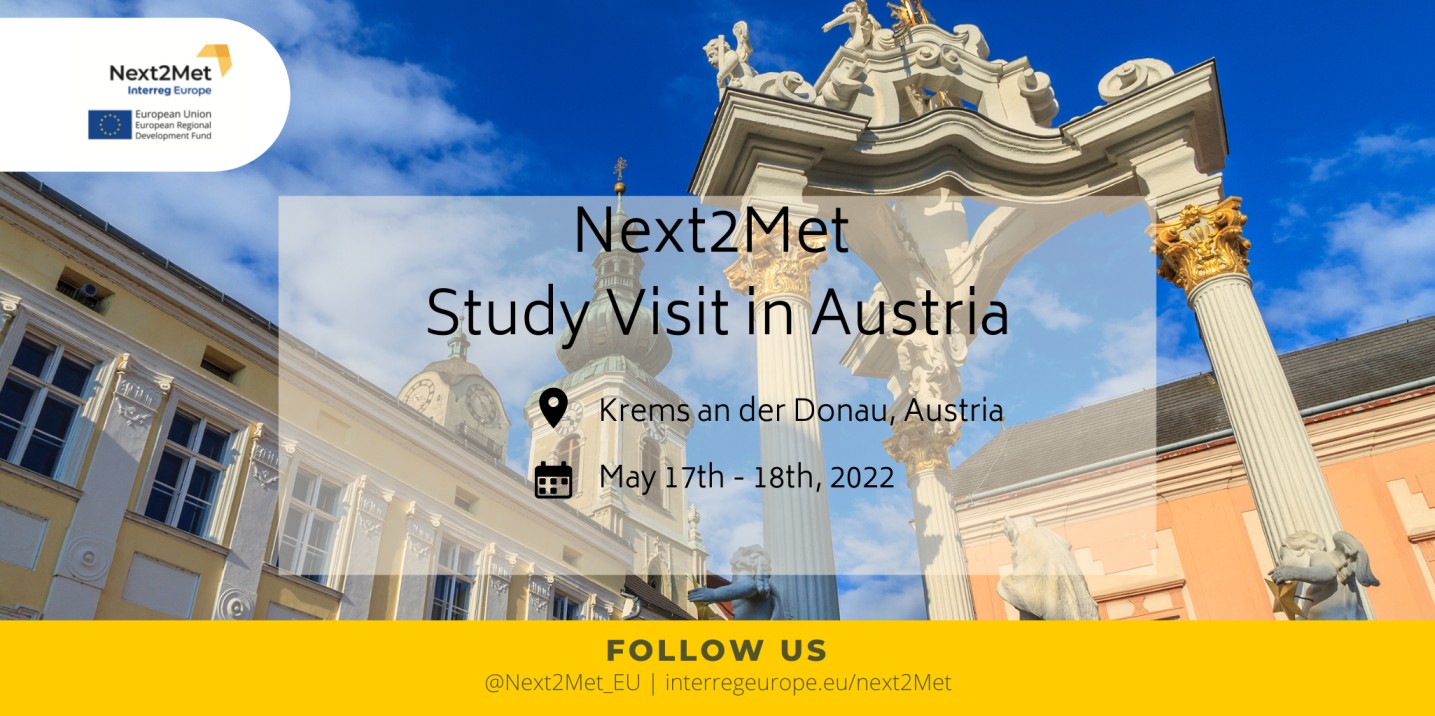 We are proud to present you our partner, the Eastern and Midland Regional Assembly (EMRA). Discover more about them reading the interview below with Brid Greenan, EU Project Officer at EMRA.
We are proud to present you our partner, the Eastern and Midland Regional Assembly (EMRA). Discover more about them reading the interview below with Brid Greenan, EU Project Officer at EMRA.
Which institution/organisation do you represent and what is your role in the project?
EMRA is one of six partners in the Next2Met project. Our role is to work with partners in the project towards a common goal of increasing the attractiveness of our respective Regions using soft digitalisation measures. This will be achieved by learning from Good Practices from Next2Met partners, which will then contribute to the elaboration of an Action Plan tailored to the Region. The idea is that this Action Plan will assist in the implementation of our policy instrument - The Regional Spatial and Economic Strategy (RSES).
Why did you decide to join Next2Met?
This is EMRAs first time involved in an Interreg Europe Project. EMRA found Next2Met to be an interesting project because it focuses on the territories surrounding metropolitan areas such as the Midlands Region.
EMRA were interested in finding solutions to attracting and retaining SMEs, knowledge, people and capital in the Region. Prior to the pandemic, 24,000 people commuted outside of the Midlands region every day for work and educational reasons. Furthermore, SMEs play a particularly important role in terms of employment in Ireland. SMEs have identified attracting and retaining talent, being more innovative and increasing digital capability as key objectives for the sector to stay ahead competitively.
What are the main assets and challenges of your region?
The Midlands lies strategically at the heart of Ireland and has a population of over 300,000 people, 135,300 jobs, 13,580 businesses, and an annual economic output of €8.3 billion. 
Assets: Enterprise and Industrial Assets, Tourism and Cultural Assets, Higher Education and Research Assets, Transport Assets.
Challenges: Inadequate Property Solutions, Lack of Urban Centres of Scale, Co-Working Infrastructure, Indigenous Firms Research Capabilities, Lack of Broadband Connectivity. Like all ‘Next 2 Met’ areas the Midlands are competing with larger cities such as Dublin for people, talent and knowledge.
How do you see digitalisation and why is it essential for next2met areas according to you?
I generally use this definition of digitalisation provided by Tilson, Lyytinen, & Sorensen (2010): ‘the application of digital technologies and infrastructures in business, economy, and society’. However, it is important to remember that digitalisation is not just about the technology but also about the processes and people involved.
Although Ireland ranks well in the European Commission Digital Economy and Society Index (DESI) 2019 only 48% have at least basic digital skills compared to the EU average of 57%. Non-adoption or late adoption of digitalisation may widen the gap between regions. This Digital divide often has a high level of incidence in agricultural and rural areas. This is why digitalisation and Next2Met are so important for the Midlands Region. The Midlands need to transition to a more digitalized Region which can offer new opportunities, such as remote working and develop a culture of embracing digitalisation among SMEs and organisations.
In order to compete with other Regions or cities we need to address the digital divide and embrace digitalisation to increase the attractiveness of the Region.
Latest important achievements
The ‘Digital consultations to inform Local Digital Strategies’ good practice provided by Longford County Council were also winners of the Chambers Ireland Excellence Award 2020 for Outstanding Initiative through the Municipal Districts with the Embracing Remote Working Technology to Support Community and Voluntary Groups Project.
The good practice ‘Using digital solutions to enhance tourism’ was provided by Offaly County Council who were also the winners of EUR 15,000 vouchers during the four calls of the WiFi4EU programme, securing the maximum amount available and helping to equalise access to e-services and bridge the digital divide between urban and rural areas within County Offaly. For more information see interview here.













